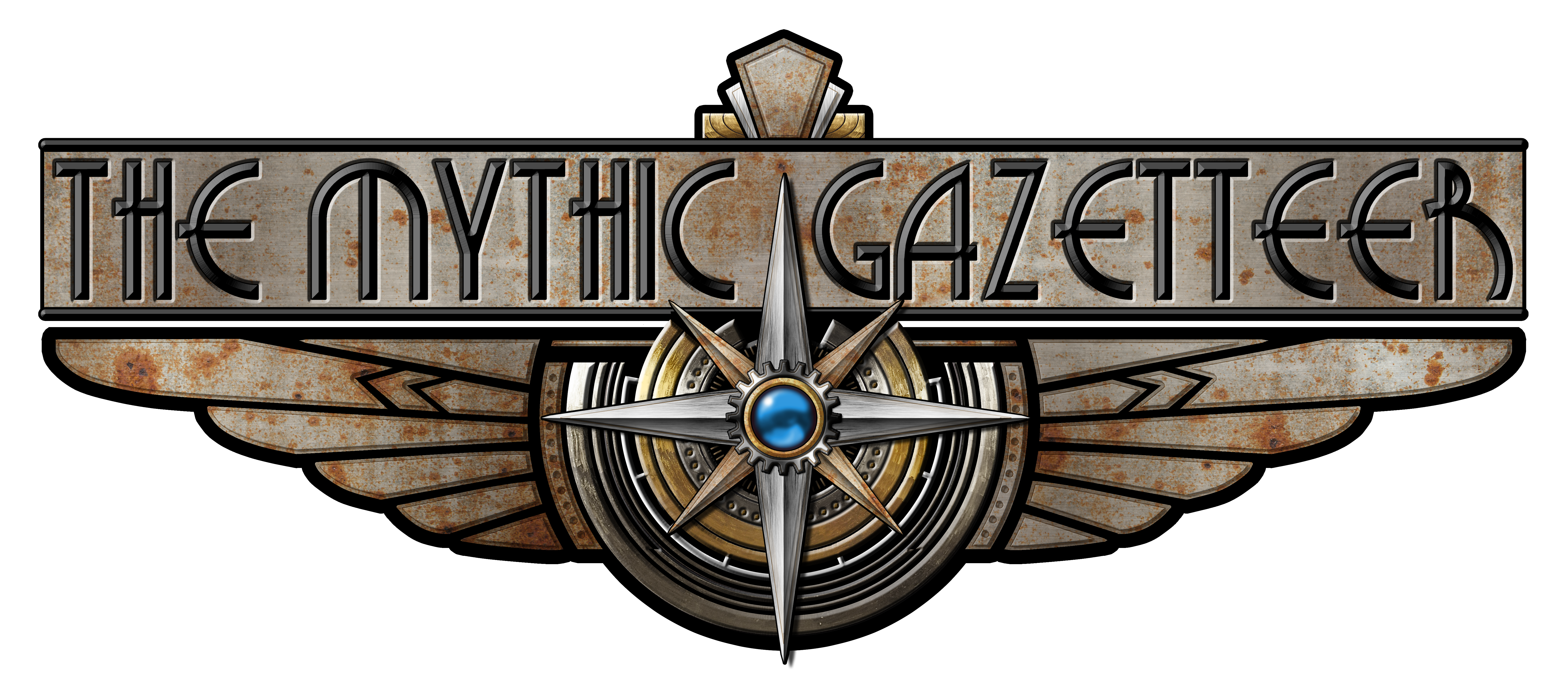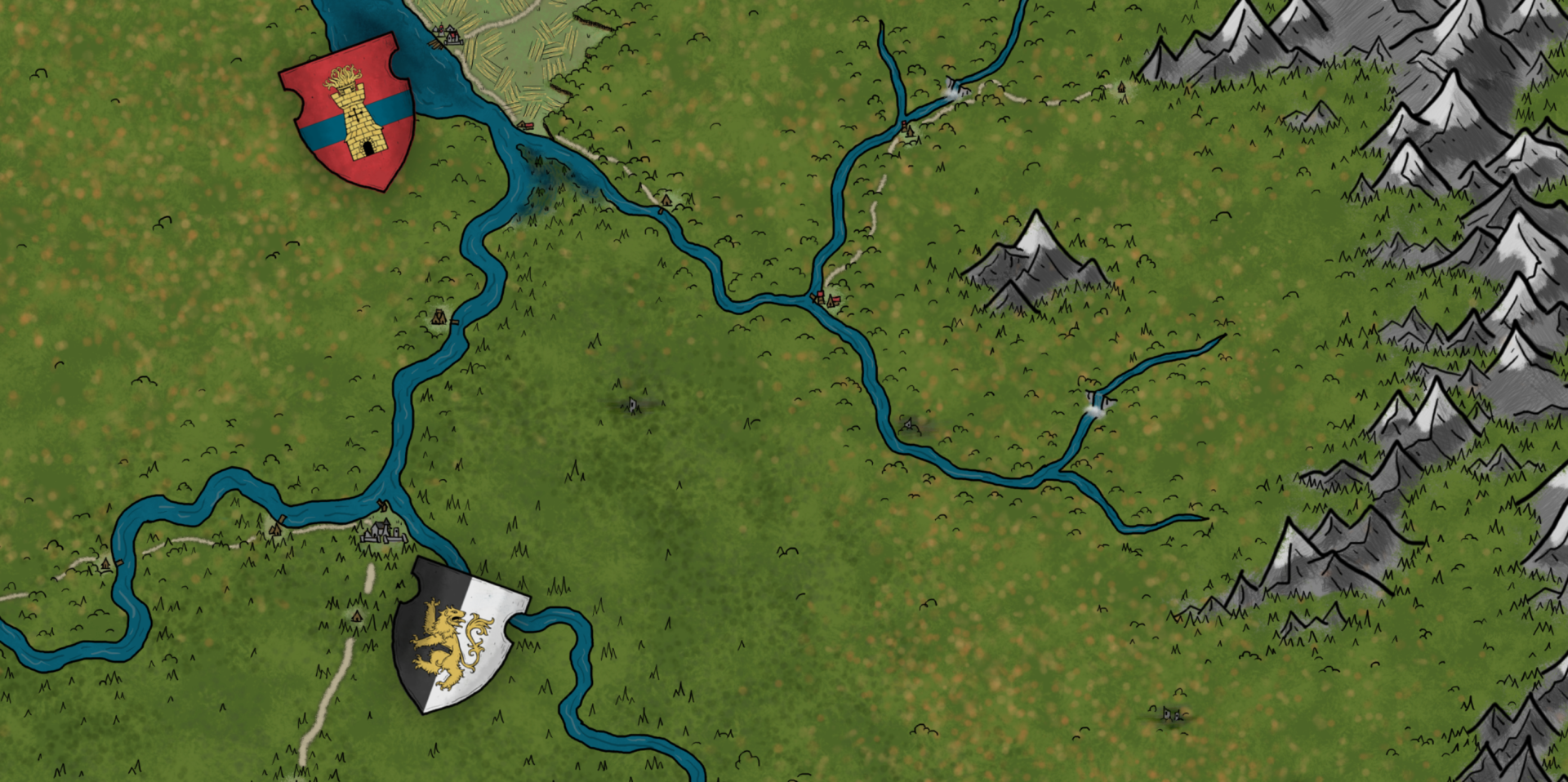So the recent scratch-off character sheets Kickstarter for Dungeon Crawl Classics has begun fulfillment. Over on Google+, Jared Rascher is excited about getting his in the mail today! He said one thing in particular that caught my eye: “The emergent character creation suggested for the sheets is to only reveal occupation, lucky sign, and speed, and maybe equipment when the sheet is first handed out.”
I don’t know if “emergent character creation” is something that’s always been a part of DCC (haven’t played it yet), but I love that idea. Character creation is one of the most boring parts of an RPG, and it’s usually the part furthest removed from the way the RPG is actually played. Without context, players are asked to surmount a big wall of rules and concepts before they can get into the game. We can do better than that.
Richard Woolcock has an excellent reworking of the character creation process for Savage Worlds. It rearranges the steps to be more intuitive. Emergent play is the next layer of modernization on top of what Richard has done. The process might look like this:
1. Core Mechanic: The Gamemaster briefly introduces the core mechanic of the game in strictly mechanical terms. In the case of Savage Worlds, that’s task resolution/Target Number, the Wild Die/Wild Cards, Bennies/Hindrances, and Wounds/Soaking. Next, the GM introduces the setting. Even if that’s been chosen beforehand, a quick summary at this point stirs the imagination.
2. Character Concept: Introduce your character in purely narrative terms. General ideas about approach (magic, melee, ranged, stealth, etc.) should be made clear. Any details at his point are assumed to be some of the most important things about the character, so it’s better to have no more than 1 or 2. If you picture yourself as nonhuman, now is a fine time to record your character race too.
3. Hindrances/Edges: The GM offers up a few scenes for these character concepts to react however they wish. If a player wants to do something special, find an Edge that fits and mention the Hindrance cost it will take to buy that Edge. The player considers what personal drawback makes narrative sense to compensate for the boon and records it all on their character sheet.
4. Traits: At this point, the GM continues to lead players through an introductory adventure, gradually tailoring the session to character impulses from the players. The GM introduces early mechanical details (attributes vs. skills, etc.) in these scenes, probably one per player per scene. Players will subtract trait points as they place priority on particular attributes and skills.
5. Derived Statistics: As the story continues and trait points are spent, keep an eye out for chances to record derived stats. Pace is the most predictable and Charisma doesn’t often change, but keep an eye out for setting your Fighting skill (for Parry) and your Vigor attribute (for Toughness).
6. Finishing Touches: By the end of the first session, each player should have a finished character sheet and an intuitive understanding of the flow of the game. Double check your Edges and Hindrances, tally up trait point and derived stats, and finalize whatever gear you’ll bring with you. This session is a time to try different things out before setting a character in stone. It’s OK if someone builds a character throughout the session, then builds a completely different character at the end. It’s OK if someone tries out a whole arsenal of weapons or a thick tome of magic through the adventure, so long as it helps them flesh out their concept into a character.
Building characters gradually, together, requires a guiding hand from the GM. Latency is expected as players jump into and out of character and story to ask questions about rules mechanics or character options. Whatever story is told will be shorter than your typical adventure session because of this latency.
I’m not sure when I’ll be starting a new game (I’ve got plenty going already), but I’m excited to try this out with people sometime. Anyone have any thoughts on how to refine it between now and then?

